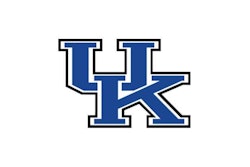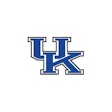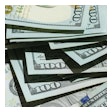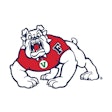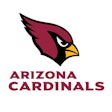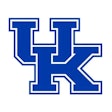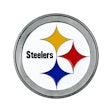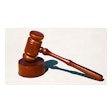Copyright 2014 The Washington Times LLC
All Rights Reserved
His 654 home runs, his 1,969 RBI, his 14 All Star appearances - all devalued in disgrace.
Coming on the heels of the debate over Hall of Fame voting, and the failure of Barry Bonds, Roger Clemens, Sammy Sosa and others to garner much support on the ballot, the A-Rod suspension is either the height or the depth of a tarnished era, depending on your point of view.
Point of view is part of the poisonous residue left behind from the steroid era, because many of those views from a generation of baseball fans are steeped in myths and lies.
Such as:
Baseball owners wanted steroids. They ignored the problem and were gleeful that players were using steroids to inflate outrageous numbers.
That's about as true as Sammy Sosa's 609 career home runs.
The facts are that baseball owners wanted stricter drug testing as far back as 1994 - four years before the "Summer of '98" that people believe saved baseball. They pushed for it in negotiations with the players' union, but were rebuffed. Given that the game went on strike in 1994 and the World Series and postseason was cancelled, it was not a battle that the owners were going to go to the mattresses for.
This was still a time when the players' union was powerful enough to tell the owners to take their specimen cups and put them where the sun doesn't shine.
Former pitcher David Cone, one of the key members of the players' union during the 1994 strike, told reporters in 2008 that he felt guilty about the union's role in the steroid era. "Certainly in retrospect, I think there's plenty of blame to go around," he said. "Certainly I share some of that blame as being involved with the players' association at that time. It's something I'm not proud of. It's humbling. It's embarrassing."
The players' union finally agreed to stricter testing when it found its members dragged before Congress and shamed on national television, putting some at risk for perjury.
Another lie: steroids saved baseball. The home run battle between Sosa and Mark McGwire in 1998, vying to break Roger Maris' single season home run mark of 61, brought fans back to the game, and steroids put behinds in the seats.
That's as true as Rafael Palmeiro shaking his finger and declaring, "I have never used steroids. Period."
In 1998, 70 million people came through the turnstiles in major league ballparks - seven million more than the previous season.
So there you go - they all came back for the long ball.
Forgotten in this story is the fact that two new major league teams began operation in 1998 - the Arizona Diamondbacks and the Tampa Bay Devil Rays. Both teams drew a combined 6.1 million fans that year.
Take away those numbers, and attendance for 1998 was the same as it was in 1997 - 63 million.
In 1992, baseball attendance was 56 million. It rose to 75 million in 2005, the first year of baseball's stricter drug testing, when we saw the offensive numbers drop dramatically.
Going from 56 million in 1992 to 75 million certainly proves that steroids put people in the seats, right?
Like the power numbers of the era, that conclusion is an illusion,
In 1992, Camden Yards opened and started the new era for ballparks, and the salvation of baseball. Two years later, Jacobs Field (now Progressive Field) in Cleveland, The Ballpark in Arlington, Texas, and Coors Field in Denver welcomed sold-out crowds.
In 1999, the Mariners opened Safeco Field in Seattle. The following season, three new ballparks - Comerica Park in Detroit, Enron Field (now Minute Maid Park) in Houston and Pacific Bell Park (now AT&T Park) in San Francisco - opened for business.
The 2001 season brought Miller Park to Milwaukee and PNC Park to Pittsburgh. Great American Ball Park opened in Cincinnati in 2003. Petco Park in San Diego and Citizens Bank Park in Philadelphia came on the scene in 2004.
Two years later, the new Busch Stadium opened up in St. Louis, and Nationals Park in Washington in 2008, followed by the new Yankee Stadium and Citi Field in New York in 2009.
Seventeen new ballparks opened over 17 seasons, most of which opened to sold-out crowds, some that lasted for nearly six seasons. And that doesn't count the refurbishing of Angels Stadium in Anaheim and the upgrades at Fenway Park in Boston.
It was bricks and steel that brought people back to baseball - not steroids.
The narrative that steroids were endorsed by baseball and saved the game - the point of view that the game endorsed players like Alex Rodriguez - doesn't pass the evidence test.
* Thom Loverro is co-host of "The Sports Fix,"noon to 2 p.m. daily on ESPN 980 radio and espn980.com
Terms and Conditions Privacy Policy













